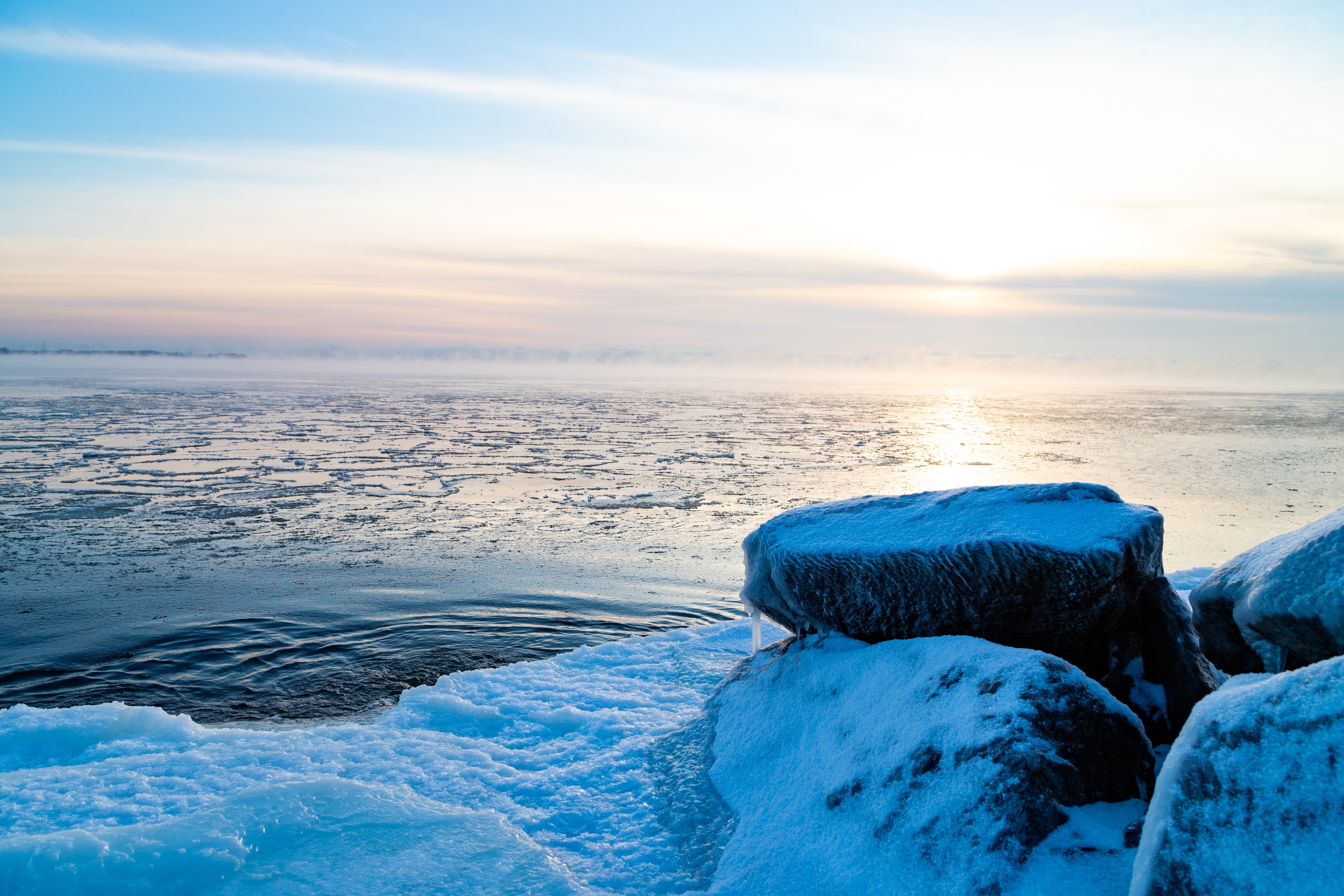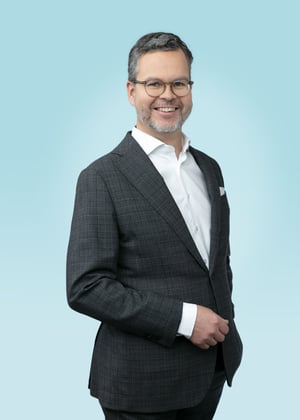
Saved at sea, wasted in port
A key area for development together with our clients is having a port ecosystem that supports energy efficiency, high capacity utilisation and smart operations.
Our industry has ambitious targets to reduce emissions during this and coming decades. In recent years, ESL Shipping and AtoB@C Shipping have done numerous improvements and investments into their fleets and to the way the fleets are operated at sea to increase energy efficiency. We have been successful in cutting fuel consumption at sea, however one major challenge remains. Energy consumption in ports remains largely unchanged, and as a result, the proportional share of energy consumed in ports is increasing. In 2020, more than one-fifth of our total energy consumption and emissions took place either in ports or while lying in anchorage waiting for a free berth. This is nothing but huge waste.
Onboard our ships we are introducing new processes and equipment that help us to reduce emissions in port. A prime example of this is the shore electrical connection onboard our LNG-fuelled ships Viikki and Haaga. Regrettably, this equipment can for the time being only be utilized in one port within our trading area. We are grateful to Port of Luleå who has taken a leading position here and made it possible.
Our roadmap towards fossil-free shipping consists of three main development areas: Investment into best available ship technology capable of shifting from fossil to non-fossil fuels, customer commitment and sharing of the same vision for low-emission shipping and last but not least, building an industrial-scale supply of non-fossil fuels in partnership with the energy industry.

One key area for development together with our clients must be a port ecosystem supporting energy efficiency, high capacity utilization and smart operations. Part of this work is also an alignment of existing contract forms in such a way, that they will start supporting energy efficiency and no longer reward high consumption at sea and long waiting time in ports. This is why we have started introducing and testing a so-called virtual arrival concept together with our partners SSAB. In this approach, savings are shared and waste of energy is minimized. This is what I would call truly advanced green shipping.
Sincerely,
Mikki Koskinen
Managing Director

